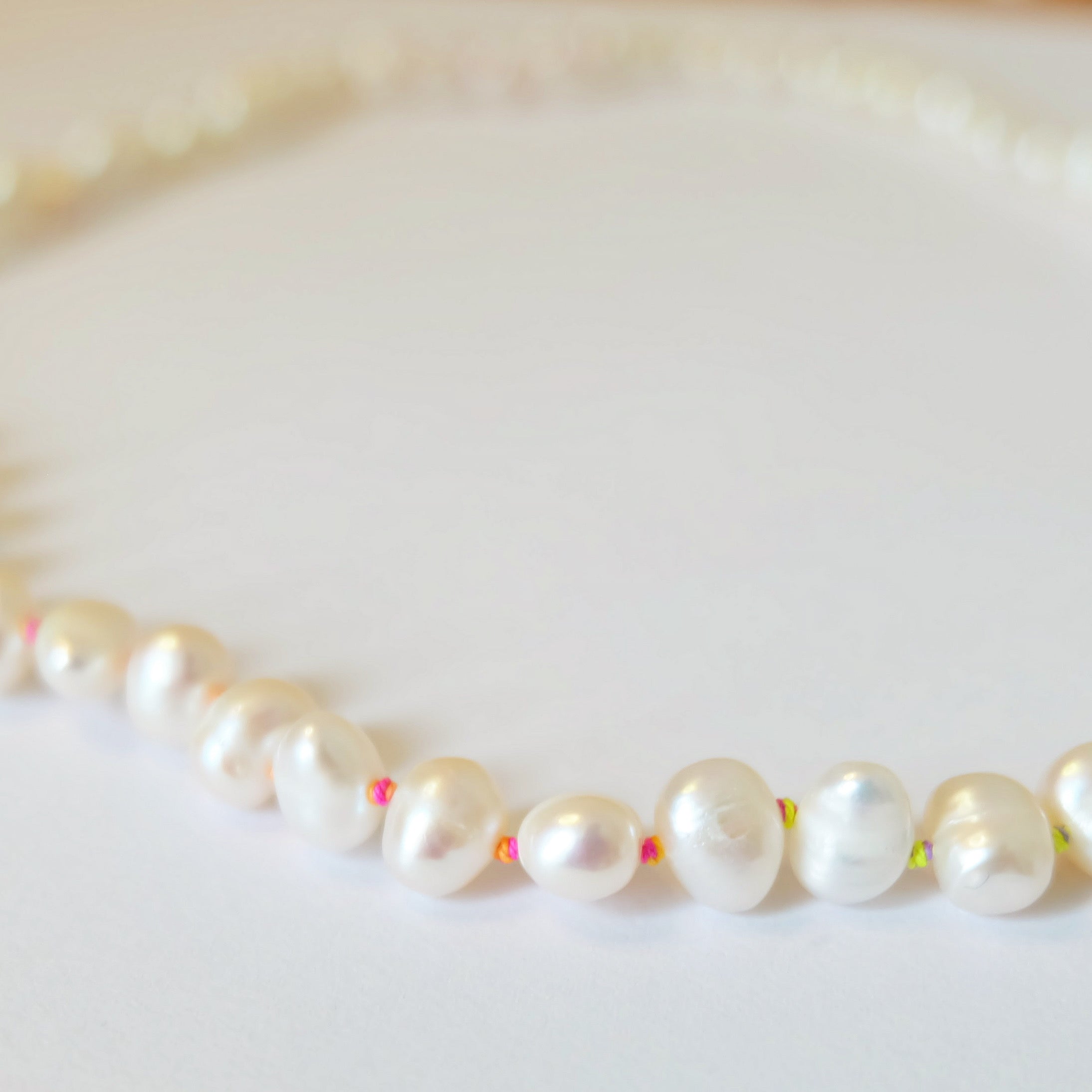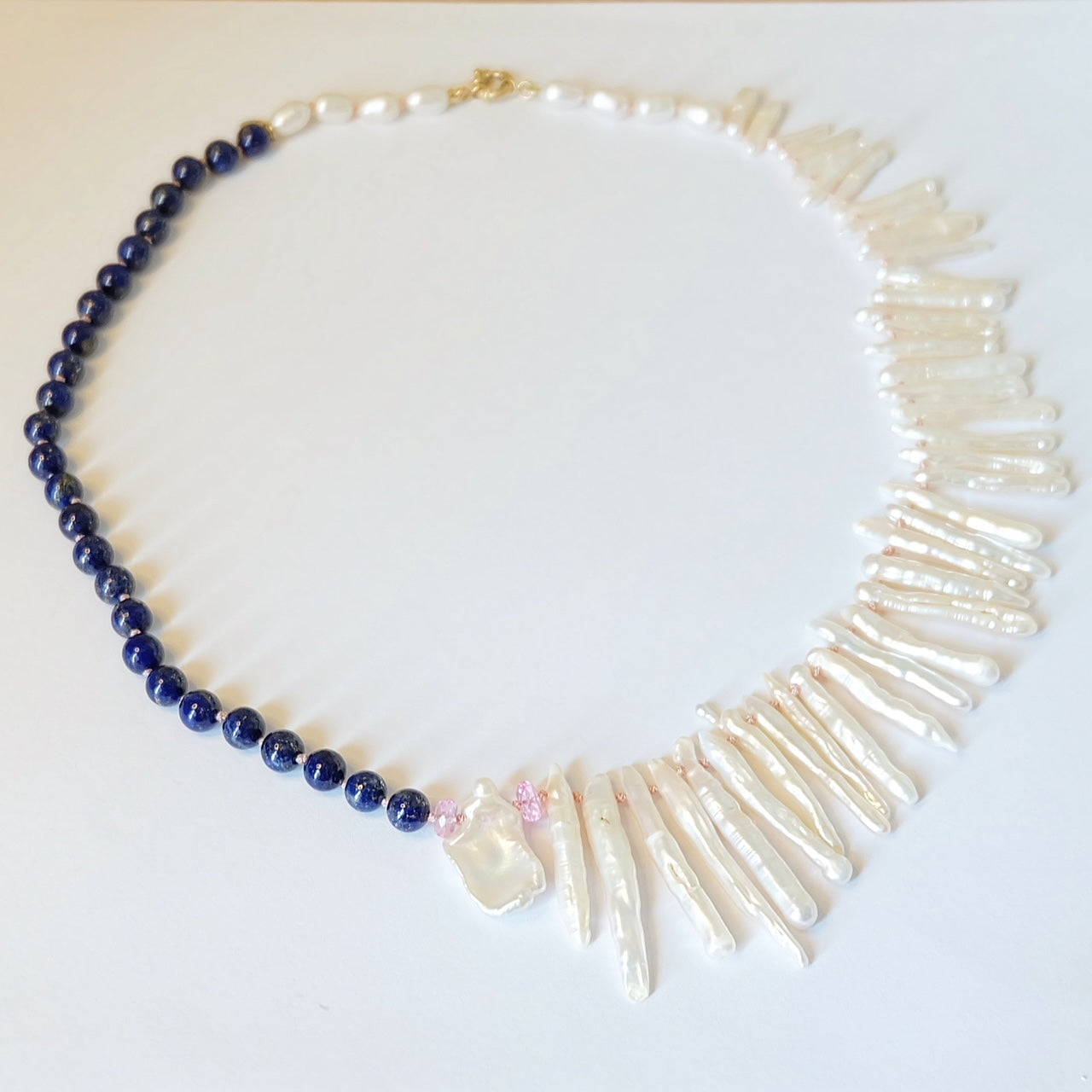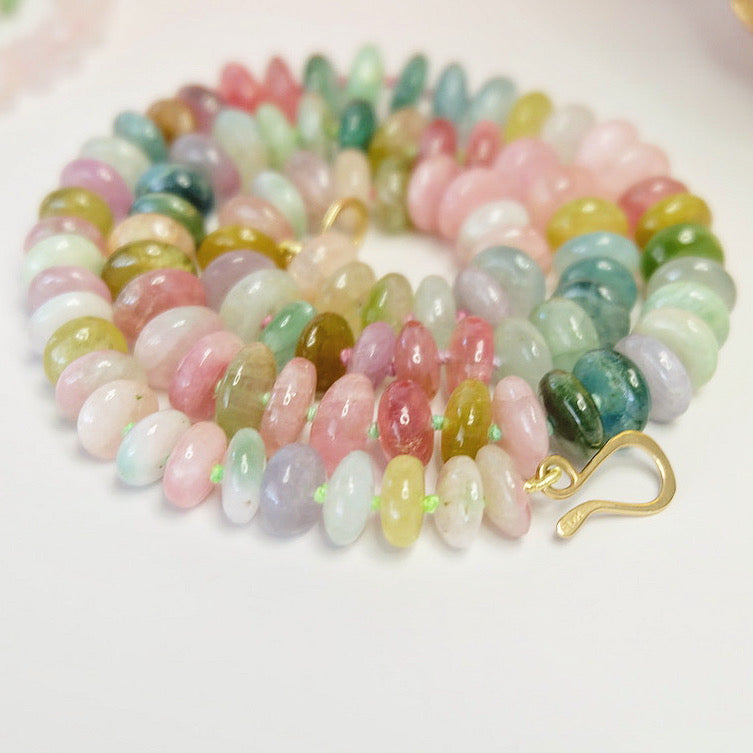
Beryl Stones: Aquamarine, Emerald & More
Share
The Origins and Formation of Beryl Rock
Beryl rock is a mineral composed of beryllium aluminum cyclosilicate, typically found in granitic pegmatites and certain metamorphic rocks. The formation of beryl occurs under high-pressure and high-temperature conditions, often associated with the crystallization of magma deep within the Earth's crust.
Over millions of years, geological processes bring these crystals closer to the surface, where they can be mined. Beryl has been known and cherished by various cultures throughout history, with ancient civilizations using it for both its beauty and purported mystical properties.
Key Varieties of Beryl: From Emerald to Aquamarine
Beryl comes in a variety of colors, each with its own unique appeal and name. The most famous variety is the emerald, known for its deep green color caused by trace amounts of chromium and vanadium. Aquamarine, another popular variety, features a stunning blue to blue-green hue thanks to iron impurities.
Other notable varieties include morganite, which exhibits pink to orange-pink colors, and heliodor, known for its yellow to golden tones. Each variety of beryl is prized in the jewelry industry for its distinct coloration and clarity.
Physical and Chemical Properties of Beryl Rock
Beryl has a hexagonal crystal structure and ranks between 7.5 and 8 on the Mohs scale of hardness, making it a relatively durable gemstone suitable for various types of jewelry. It has a vitreous luster and can be transparent to translucent, depending on the specific variety and quality.
Chemically, beryl is composed of beryllium, aluminum, silicon, and oxygen, with the formula Be₃Al₂(SiO₃)₆. Trace elements like chromium, iron, and manganese can influence its color, adding to the diversity and appeal of this mineral.
The Intriguing Formation of Beryl Rock
Beryl is a mineral that forms under specific geological conditions, typically in granitic pegmatites and certain metamorphic environments. Its formation begins deep within the Earth's crust, where high temperatures and pressures enable the crystallization of beryl from beryllium-containing fluids.
The mineral can also develop in hydrothermal veins, where hot, mineral-rich water flows through cracks in the rock, depositing beryl crystals as the water cools. This process can take thousands of years, resulting in the beautiful and often large crystals that are highly prized by collectors and jewelers alike.
A Closer Look at Beryl Varieties
Beryl comes in a variety of colors, each with its own unique characteristics and value. The most famous variety is emerald, known for its deep green hue and rarity. Aquamarine, another popular variety, is loved for its stunning blue to blue-green color.
Other notable varieties include morganite, which exhibits a lovely pink or peach color, and heliodor, which ranges from yellow to golden hues. Goshenite, the pure, colorless form of beryl, is also valued for its clarity and brilliance.
The Gemstone Family of Beryl
The beryl family includes some of the most cherished gemstones in the world. Emeralds, known for their vivid green color, are often associated with royalty and luxury. Aquamarine, with its serene blue tones, is believed to bring calm and tranquility to its wearer.
Morganite, with its gentle pink shades, is increasingly popular in modern jewelry designs, while heliodor's golden hues are reminiscent of the warmth of the sun. Each type of beryl offers unique beauty and appeal, making the beryl family incredibly diverse and versatile.
Uses and Significance of Beryl in History and Modern Times
Throughout history, beryl has been highly valued for its beauty and rarity. Ancient civilizations, including the Egyptians and Romans, prized emeralds and used them to adorn their most important figures and artifacts.
In modern times, beryl gemstones continue to be sought after for fine jewelry, with emeralds, aquamarines, and morganites being particularly popular. Beyond its use in jewelry, beryl's unique properties also make it useful in various industrial applications, such as in the production of certain metals and in scientific research.
Caring for Your Beryl Gemstones
To maintain the beauty and longevity of your beryl gemstones, proper care is essential. Beryl, especially emeralds, can be susceptible to inclusions and fractures, so it's important to avoid exposing them to harsh chemicals or extreme temperatures.
Cleaning your beryl jewelry should be done with mild soap and warm water, using a soft brush to gently remove any dirt or debris. Regular professional inspections and cleanings will also help ensure that your gemstones remain in pristine condition for years to come.














































